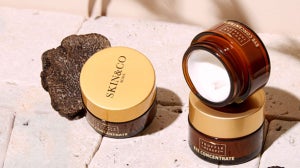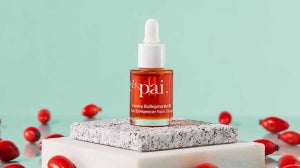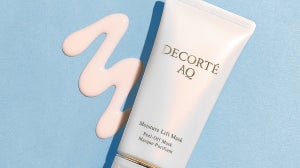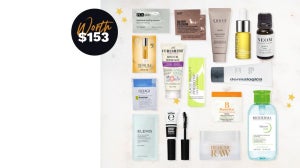It’s no secret that your skin requires extra TLC to remain healthy, radiant, and glowing. This means cleansing, moisturizing, toning, and applying sunscreen. However, if you’re not exfoliating, your skin isn’t as healthy as it could be.
What is exfoliation?
Think of exfoliation as a deep-cleaning aspect of your skincare regimen, working to remove the dead skin cells on your skin’s surface. Exfoliation can be performed:
• Chemically: This involves the use of scrubs that contain acid, which dissolve dead skin cells. • Mechanically: This involves the use of abrasive scrubs to remove dead skin cells.
Importance of exfoliation
As you age, your body’s cell regeneration process slows down, affecting your ability to shed dead skin cells and generate new ones. This causes a build-up of old cells that leave your skin looking rough, dull, and dry. Eventually, the dead skin cells clog your pores, causing blemishes such as acne.
Luckily for you, exfoliation can get rid of dead skin, revealing fresh, new cells and a glowing complexion. Additionally, regular exfoliation allows other skincare products such as moisturizers to penetrate deeply into the skin, increasing their effectiveness. All in all, exfoliation leaves your skin looking and feeling healthy and fresh.
How to Exfoliate Your Face
If you’re new to exfoliation, you’re probably wondering, are there any exfoliators for dry skin? What about exfoliators for sensitive skin?
To ensure you exfoliate properly, here’s a step to step guide for exfoliating your skin.
1. Using a mechanical exfoliator
Mechanical exfoliation involves using exfoliating tools such as sponges, scrubs, or brushes to get rid of dead skin. First, wet your face, then apply a nickel-sized amount of scrub, or use an exfoliating tool of your choice.
Second, massage it onto the skin in small, circular motions. Don’t scrub too hard as it can cause irritation. If you’re using a brush, make short, light strokes. Experts recommend exfoliating for about 30 seconds to one minute before rinsing with lukewarm water.
If you have sunburn, nicks, or cuts, avoid exfoliating.
2. Using a chemical exfoliator
Chemical exfoliators are leave-on treatments that don’t require rinsing unless it’s a mask or peel. They’re formulated with AHAs and BHAs, which break apart bonds holding dull and dead skin cells. If you’re using a liquid chemical exfoliator, apply one or two pumps to clean, dry skin using a cotton pad or washcloth. If it’s a lotion or gel, apply with your fingers.
Then, apply your moisturizer and other skincare products to take advantage of the increased penetration benefit.
Chemical exfoliators for dry skin, especially AHAs, prevent dryness, but it’s advisable to follow up with moisturizer and SPF as they make the skin more prone to sun damage.
Alternatively, chemical exfoliators for sensitive skin are mild and gentle on the skin to prevent irritation and redness.
Best exfoliators for skin
Now that you know how to exfoliate the face, we’ve curated an edit of three of the best exfoliators for healthy skin.
1. Dermalogica Daily Microfoliant 2. Dr Dennis Gross Skincare Daily Peel 3. REN Clean Skincare Gentle Rosa Exfoliating Cleanser
1. Dermalogica Daily Microfoliant
The Daily Microfoliant from Dermalogica is a rice-based, brightening exfoliator designed to loosen dead skin cells, revealing a fresh and smooth complexion. Suitable for all skin conditions, this unique exfoliator balances uneven skin pigmentation while calming the skin for a smoother and brighter appearance.
If you struggle with excessive oil production and clogged pores, this exfoliator is perfect for you.
2. Dr. Dennis Gross Skincare Daily Peel
Many of us struggle with fine lines and wrinkles that leave skin appearing dull and old. Luckily, the Skincare Daily Peel by Dr. Dennis Gross contains antioxidants that tackle wrinkles and fine lines.
Boasting innovative technology, this exfoliating peel reduces the appearance of visible pores for a rejuvenated complexion.
3. REN Clean Skincare Gentle Rosa Exfoliating Cleanser
Do you want an exfoliator that’s gentle on your skin? Look no further! The Gentle Exfoliating Cleanser by REN Clean Skincare gently removes dirt from your skin while cleansing it, leaving you with a soft, fresh, and supple complexion.
Suitable for normal skin types, this innovative exfoliator is easy to use and buffs away all impurities for invigorated and purified skin.








